
Plan in winter for next summer’s yard projects
Fall and winter are good times to make a to-do list for next spring. Have you purchased seeds? Cleaned tools? What plants will you buy?

Fall and winter are good times to make a to-do list for next spring. Have you purchased seeds? Cleaned tools? What plants will you buy?

Just like humans, wildlife need water. They use it for drinking and bathing, and some animals live in water or hide in it.
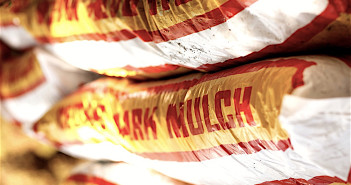
Mulch makes a big difference to planting beds. It helps to reduce evaporation, maintain soil temperature and more.
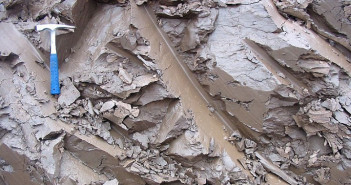
Clay soil is a challenge. Air and water can hardly penetrate clay, but it can be improved. Tips to make it richer.

Locate large trees away from property lines, plant flowers in color groups and odd numbers, curve pathways. More.
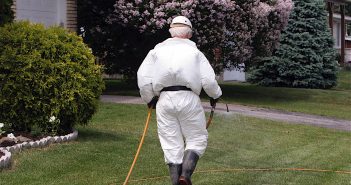
Here’s why you should ban the use of pesticides in your yard. You’ll protect wildlife, pets, the environment and yourself.
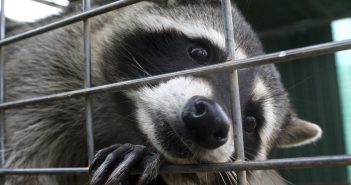
Wild animals have special needs. It’s often unsafe for them and you. And, sometimes, illegal.
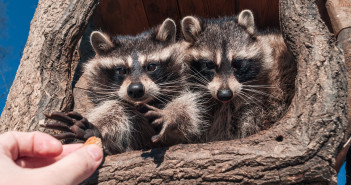
Once you’ve created a backyard habitat for wildlife, it’s best to let the animals enjoy it without too much disturbance.
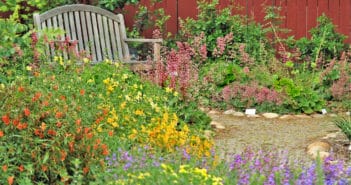
Your yard needn’t be wild-looking to attract wildlife. But it does need to provide the four essentials they need for survival.

